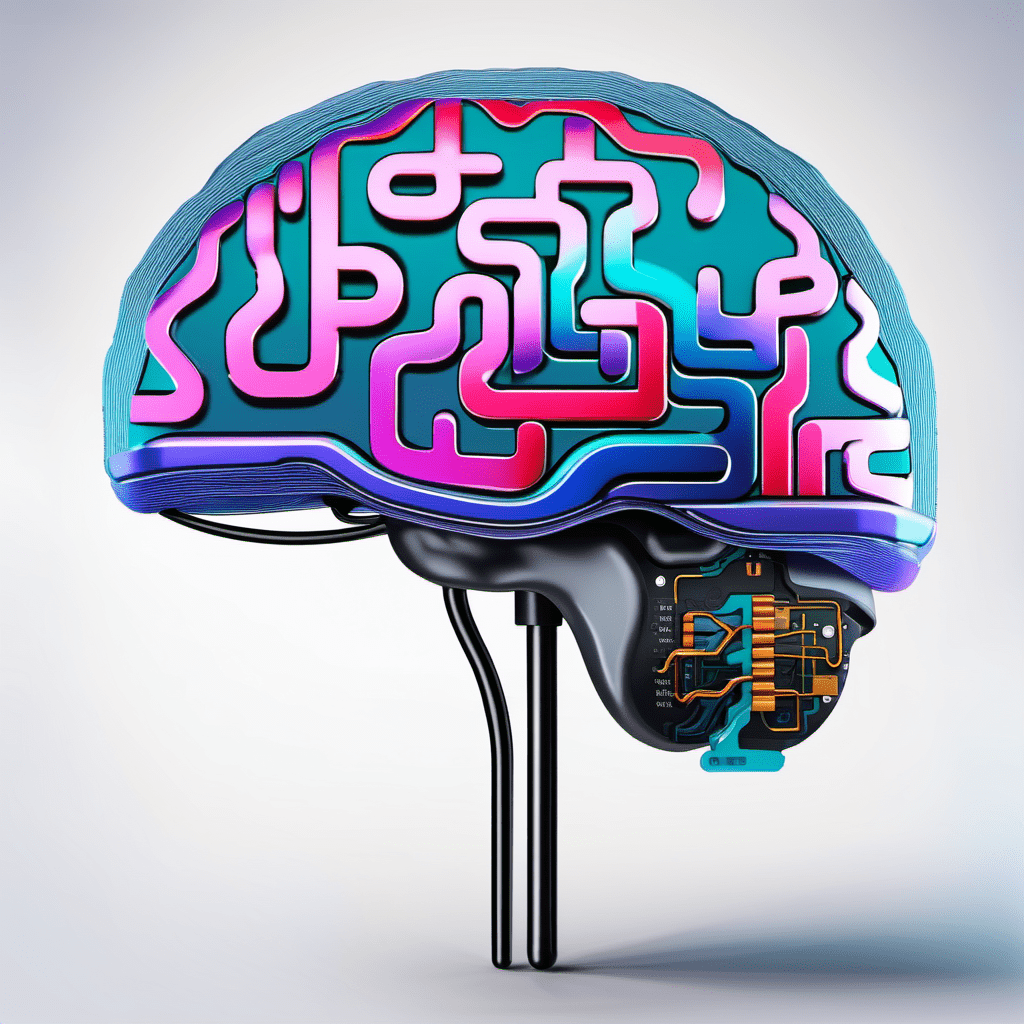Should You Implant Elon Musk’s Neuralink into Your Brain?
This video is by a channel: https://www.youtube.com/@EthicalDilemmasInScience
Main Points
-
Historical Context and Examples:
- Patients with neurological diseases often face paralysis, limiting their ability to speak or move.
- Physicist Stephen Hawking, diagnosed with ALS, used an assistive technology allowing him to communicate.
- Quadriplegic patients can control wheelchairs using devices like straws or, more recently, tongue-controlled interfaces.
-
Evolution of Brain-Computer Interfaces:
- Brain-computer interfaces aim to bypass damaged neural pathways, recording brain activity and translating it into signals.
- Early neural implants date back to the 1960s, evolving from rigid electrodes to more advanced systems.
- Companies like Neuralink and Synchron are developing minimally invasive interfaces, with Neuralink’s device gaining FDA approval for human trials.
-
Ethical Dilemmas:
- Brain-computer interfaces raise ethical questions about their purpose: restoration of function vs. non-medical uses (e.g., remote control).
- Concerns involve the degradation of implants and the responsibility of medical device companies to maintain and support their technology for long-term users.
Conclusions
The advancements in brain-computer interfaces offer hope to patients with neurological conditions. However, ethical challenges persist regarding the scope of usage and the responsibility of companies to ensure the long-term functionality of these devices. As these technologies continue to progress, society must address these ethical dilemmas to harness their full potential while safeguarding patients’ well-being.

Ready to embark on a journey into the future of human potential? Click InnoVirtuoso – Brain Computer Interface Topics now to start exploring! Don’t miss out on the chance to expand your horizons, challenge your perspectives, and stay informed about the incredible world of Brain-Computer Interfaces.







